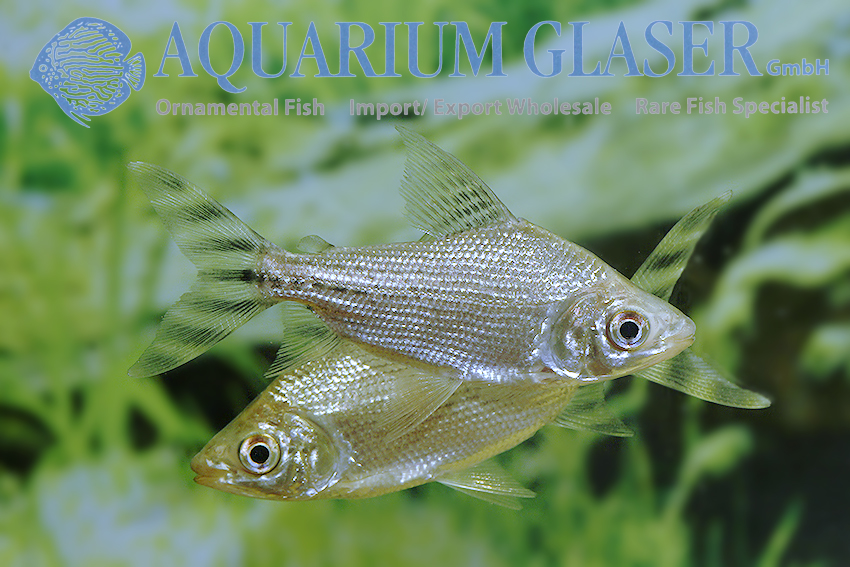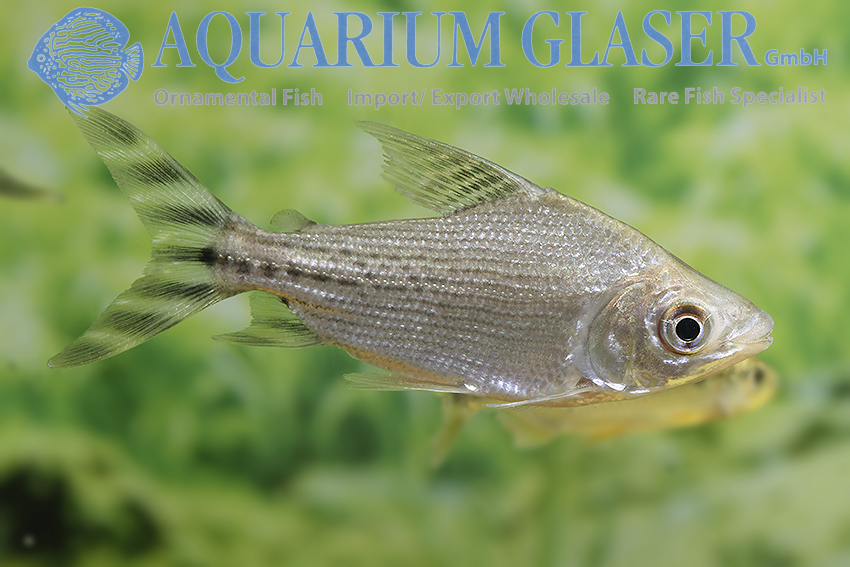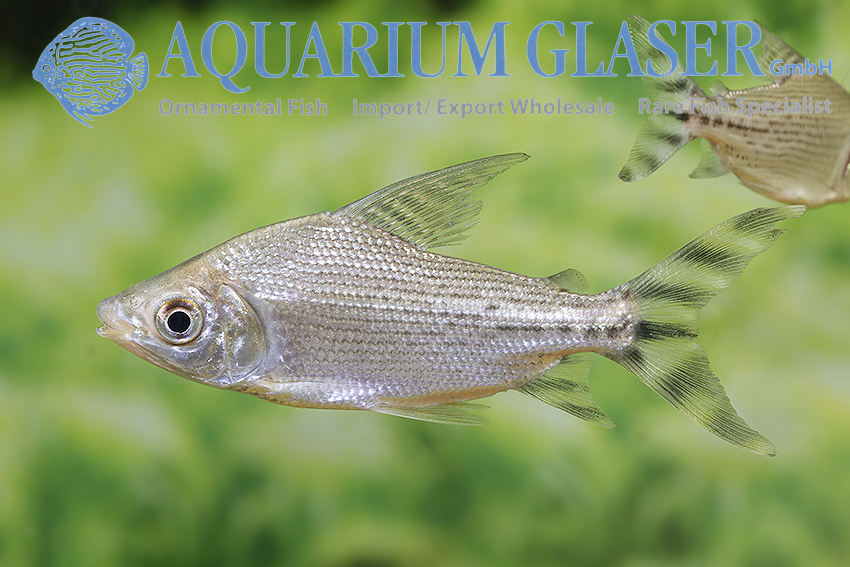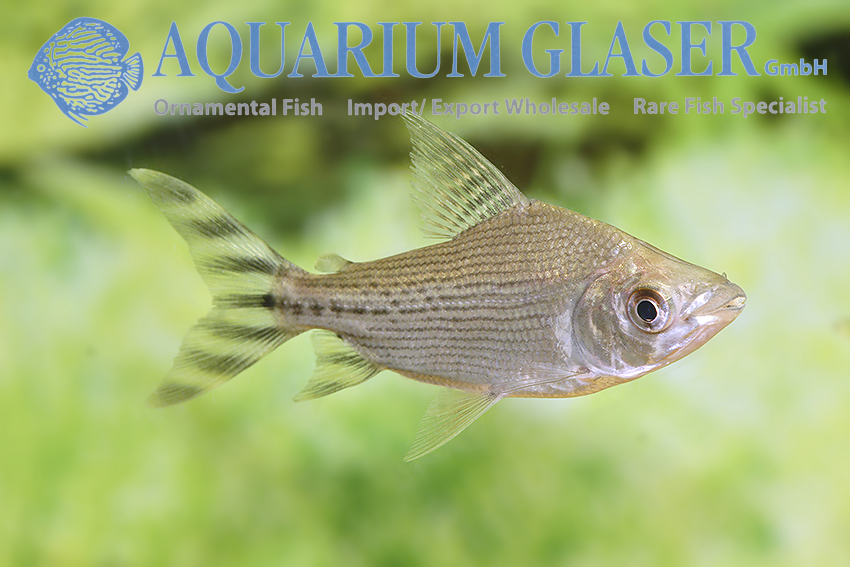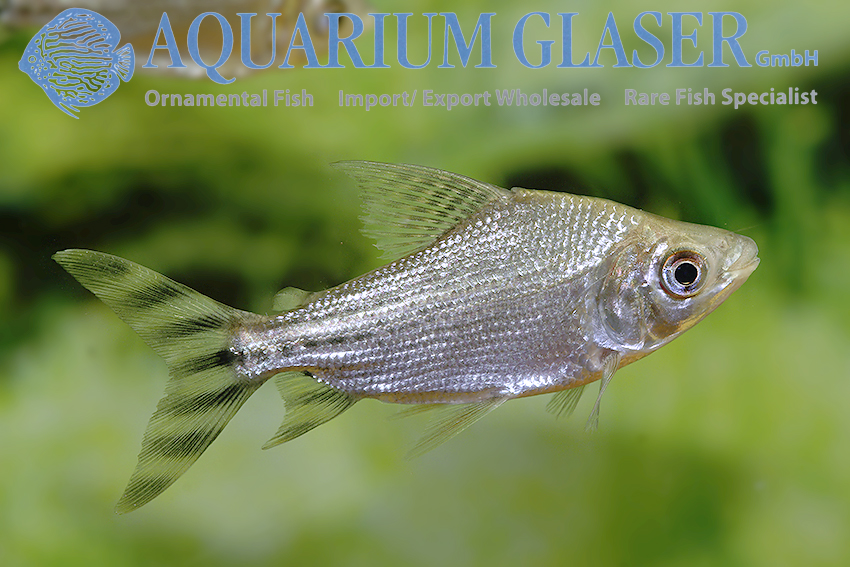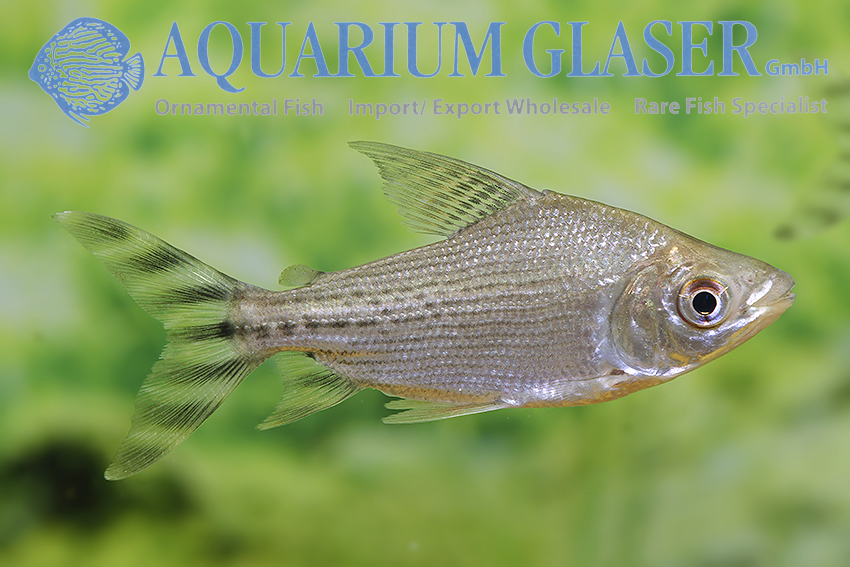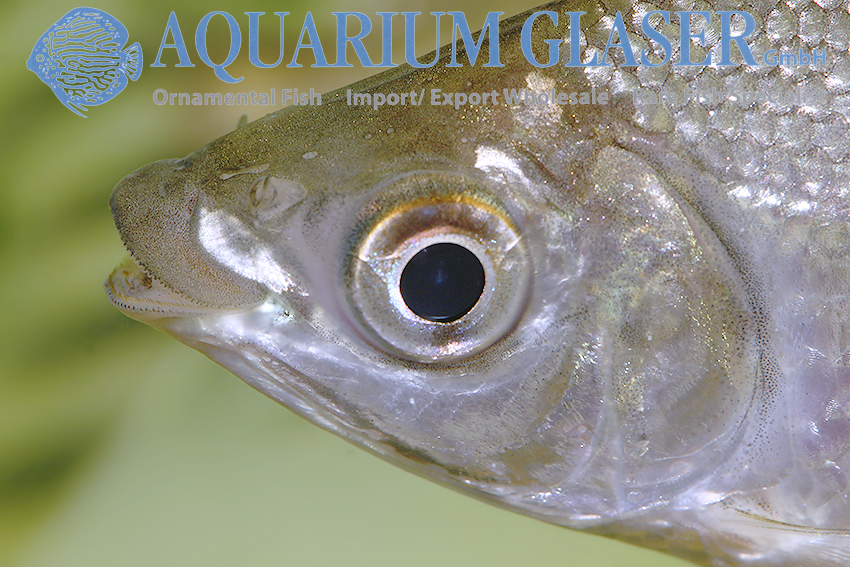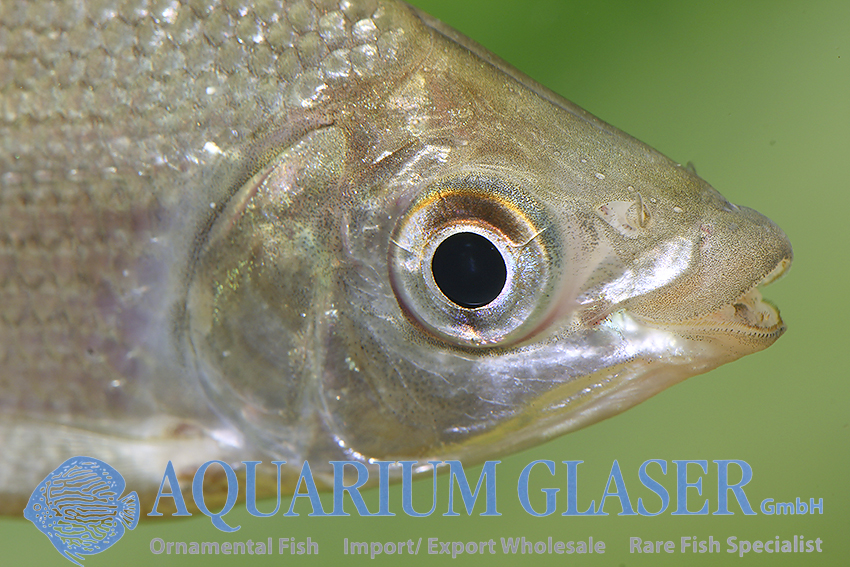Quite clearly – none at all! Because this genus is exclusively from South America. But in Indonesia these beautiful large tetras are bred and occasionally we import juveniles from there. Then one wonders which species it is. We get them as S. insignis and so we sell them on, but is the determination correct? This question never left us and now we believe we can give an answer.
According to the most recent scientific review of the group (Castro & Vari, 2004), there are six species of Semaprochilodus: S. brama (Rio Tocantins and Rio Xingu), S. insignis (Amazon basin), S. kneri (Orinoco basin), S. laticeps (Orinoco basin), S. taeniurus (Amazon basin), and S. varii (Suriname and French Guiana). A common name in the hobby is S. theraponura, this is a synonym of S. insignis.
Semaprochilodus brama and S. varii are not of further interest in the following, because S. brama has a completely markless caudal fin and is therefore easily recognizable and S. varii has more than 12 narrow stripes in the caudal fin and is therefore also unmistakable. Very small juveniles of 3-4 cm look quite colorless with all Semaprochilodus, therefore we had to wait with our Indonesian imports until they had grown up to about 6 cm length.
From the remaining four possible species we could now exclude S. insignis, because it has five stripes in each caudal fin lobe (plus one in the middle of the caudal fin), but our animals have only three to four. This leaves S. kneri, S. laticeps and S. taeniurus, all of which have three to four stripes per caudal fin lobe. The three species have distinctly different high backs. S. taeniurus is the most slender species, almost topedo shaped compared to the others, then comes S. kneri and S. laticeps is really high-backed. Of the three, only S. laticeps has a pitch black membrane adjacent to the gill cover. This is clearly missing in our animals and so we can put the identification case to the files: the bred ones are Semaprochilodus kneri. But whether this name will be accepted in the trade is questionable. In practically all aquarium books S. kneri is shown as S. insignis, S. taeniurus or S. theraponura (e.g. in volumes 2 – theraponura – and 3 – insignis and taeniurus – of the Aquarium Atlas, but all three entries show S. kneri) and as is well known, nothing is as persistent as a thorough error.
For the care this is unimportant, because all Semaprochilodus become 30-40 cm long and are beautiful, impressive large tetras. They are Aufwuchs and detritus eaters and can be compared aquaristically quite well with kissing gouramis (Helostoma). Like them they have only a narrow throat and can’t do much with coarse food, which is why they can be kept together with much smaller fish. Among themselves they are sometimes somewhat quarrelsome. This can be counteracted by keeping at least 5-6 specimens together.
For our customers: the animals have code 290452 on our stocklist. Please note that we only supply to wholesalers.
Text & photos: Frank Schäfer





